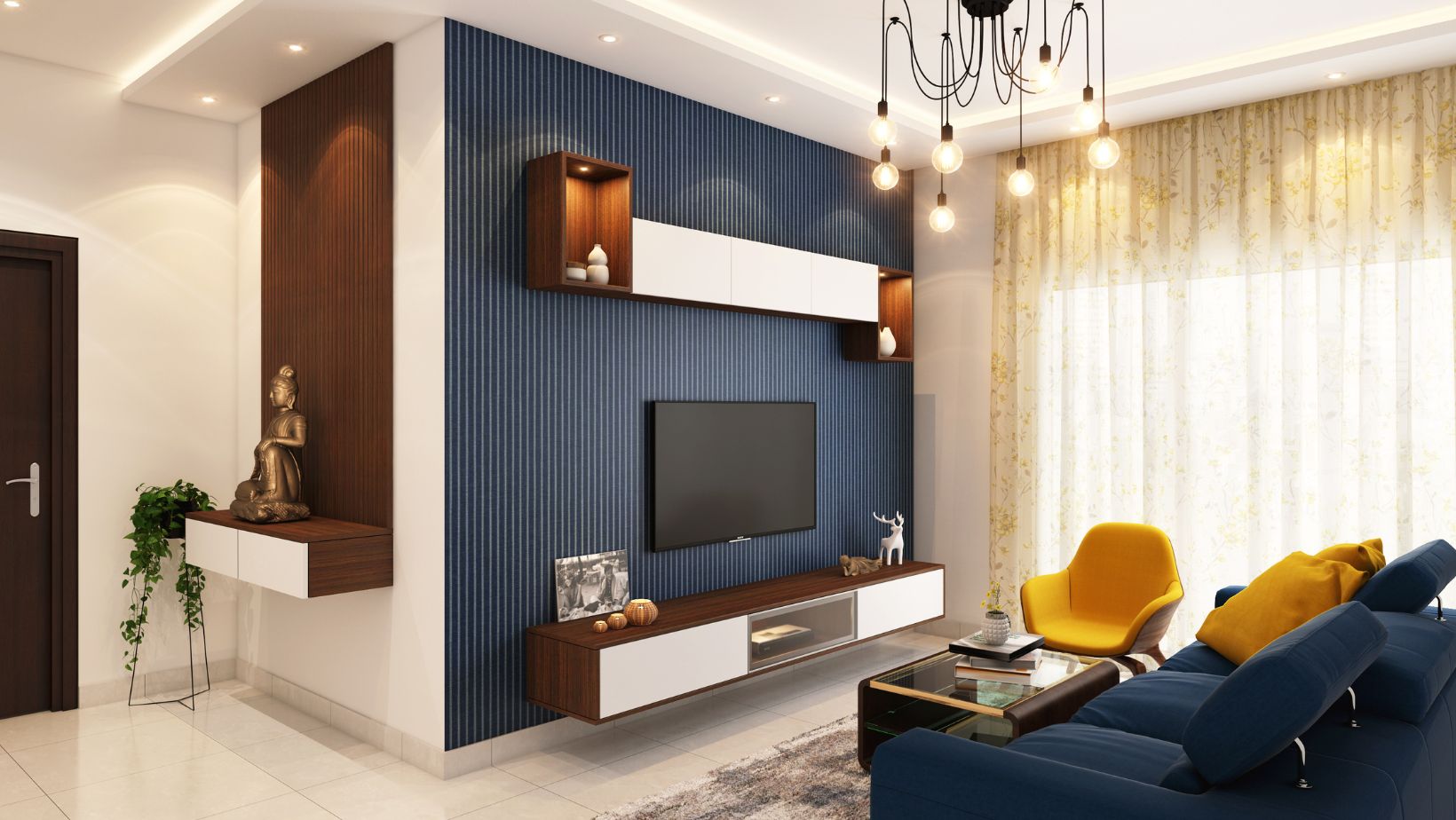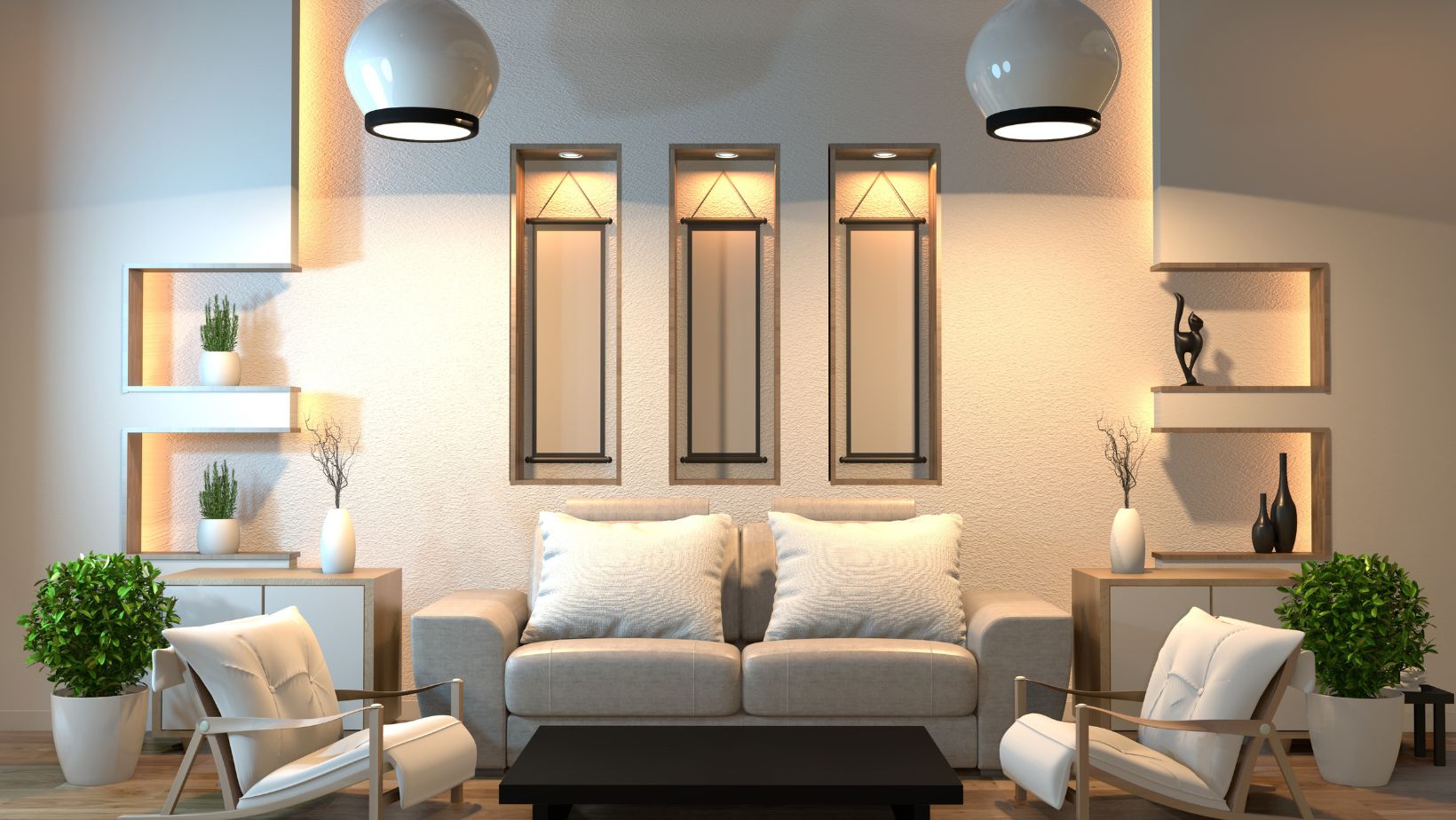
Maximizing Style in Your Home’s Narrow Spaces
When it comes to interior design, narrow spaces in a home can pose a unique challenge. Whether it’s a long hallway, a narrow living room, or a small entryway, making the most of these areas while keeping them stylish can be tricky. However, with the right approach and a few design tricks, narrow spaces can be transformed into beautiful, functional areas that elevate the entire home’s aesthetic.
1. Embrace Vertical Space
One of the easiest ways to maximize style in narrow spaces is to make use of vertical space. In rooms where floor space is limited, think about going up. Shelves, wall-mounted cabinets, and even artwork can draw the eye upward, creating the illusion of a larger space. Vertical elements help to break up the narrow feel and add character.
For example, a wall of floating shelves can display books, plants, or decorative items. This can turn an otherwise dull wall into a striking focal point. Additionally, vertical lines in wallpaper or paint can further enhance the height of the room, making it feel more expansive.
2. Use Light Colors and Reflective Surfaces
Light colors, particularly whites, light grays, and pastel tones, help make a narrow space feel larger and more open. These shades reflect natural light and can visually expand the room. You can use light hues for the walls, ceilings, and flooring to create a seamless, airy atmosphere.
In addition to light colors, reflective surfaces such as mirrors, glass, and polished metals can work wonders in narrow spaces. A large mirror placed strategically can make the room appear much larger and reflect light, brightening the space. Consider mirrored furniture pieces or glass accents that reflect both light and style.
3. Create Flow with Runners
Narrow spaces, especially long hallways or corridors, benefit greatly from the addition of runner rugs. A well-placed elegant runner rug can visually soften the room, add warmth, and bring in an element of color or pattern without overwhelming the space. An elegant runner rug also serves to define the area and create a sense of flow between rooms.
For example, you can add elegant runner rugs to a hallway to highlight the length of the space while keeping it visually appealing. Opt for a rug with a subtle pattern or a bold statement piece that complements the rest of your decor. Runners can also be a great way to tie together various design elements, such as color schemes or furniture styles.
4. Focus on Furniture That Fits
In narrow spaces, oversized furniture can make a room feel cramped and uncomfortable. Instead, opt for pieces that fit well within the proportions of the room. Slim-profile furniture, such as narrow sofas, chairs with thin arms, and streamlined tables, will help you maintain a sense of space without sacrificing comfort or style.
If the room is really tight, consider multifunctional furniture. For example, a slim console table that doubles as storage or a sofa bed that can be used for guests offers both style and practicality. Additionally, furniture that can be easily moved or rearranged, such as foldable chairs or lightweight tables, gives you the flexibility to alter the layout as needed.
5. Incorporate Textures for Depth
In narrow spaces, adding layers of texture can make the room feel more inviting and visually interesting. Textures can be introduced through textiles, such as curtains, cushions, throws, and rugs, or through materials like wood, metal, and stone. A combination of smooth and rough textures creates depth and warmth.
For example, a textured fabric on throw pillows or a woven blanket can add richness to a narrow living room or bedroom. You can also use textured wallpapers or wall panels to create contrast and break up the straight lines of the space. These little additions give the room more dimension, making it feel less flat and more dynamic.
6. Keep It Clutter-Free
Lastly, in narrow spaces, clutter can make the room feel even more cramped. Keeping the space organized and clutter-free is essential for both functionality and style. Use smart storage solutions such as baskets, decorative bins, or built-in shelving to keep items off the floor and out of sight.
In narrow areas like entryways, consider wall-mounted storage such as hooks, small cabinets, or cubbies for keys, coats, and shoes. This not only saves space but also contributes to the overall clean, minimal look that enhances the style of a narrow room.
Wrapping Up
Maximizing style in narrow spaces is all about using design tricks to create the illusion of space while ensuring functionality and beauty.

From focusing on vertical space to incorporating elegant accessories, you can transform a narrow area into a chic, stylish part of your home. With a bit of creativity and thoughtful design, even the most compact spaces can become inviting, visually appealing areas that complement your home’s overall aesthetic.






